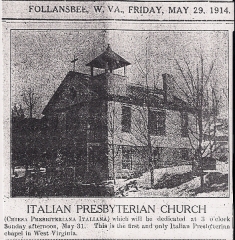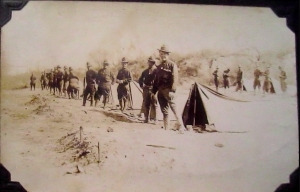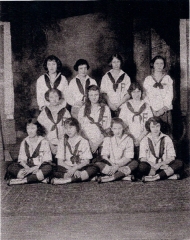Employment opportunities and the rapid influx of population into Follansbee soon exhausted housing space in the bottomlands. Real estate agencies began preparations to open lots on the hillsides overlooking town. They realized the promotional value of hillside steps for easy access to down town, increasing residential sales and shopping benefits for the city. In May 1914, the first flight of steps was built from the lower orchard that existed next to the river below Duquesne street, up the hill toward the city reservoir, called Reservoir Hill.
Developers and real estate agencies lobbied city council for funds to construct more steps. In a short time, nearly every street in Follansbee from Alleghany to the lower end had hillside steps. Most of these steps still exist in various conditions including those at the south end of town, and Duquesne, Ohio, Penn, and Raymond streets. Other hillside steps were built from Clifton up to Highland and Walnut avenues.
Steps were also constructed for access to the Orchard area, then known as the Cyrus Ferguson addition of town. Located in the north portion of the city, the Orchard is significantly higher in elevation than the town below. Drivers on Main street passing Alleghany going North are able to see buildings at the original hillside level compared to the street that was lowered so streetcars could operate on leveler ground.
The Orchard steps are still used by folks going down town and children walking to Jefferson school and exist from Alleghany street up to Mahan avenue. They cross over the Alleghany creek below Jefferson and above Linden streets.
Denney Williams, who grew up in town, remembered that there was a prestige attached to owning a home overlooking the city and in the Orchard section.
The Follansbee Brothers Company built approximately 20 homes, many for their executives, in the Orchard. Most of these stately looking homes are located along the west side of Main street between Mahan and Mark avenues. James funeral home was originally built as a residence for William Banfield, first general manager of the Follansbee Mill. The Follansbee Brothers also built homes on Highland street overlooking the city and valley. The Orchard and hillsides were also safer areas from river floods that occurred on the city’s bottomland.
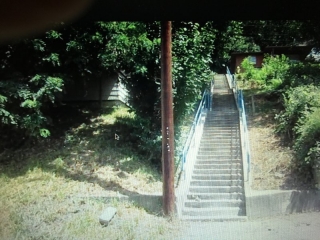
Peen Street Steps
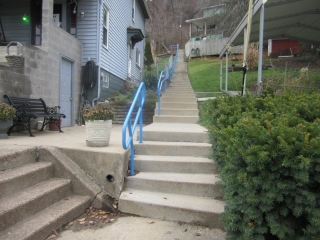
Lower End Steps
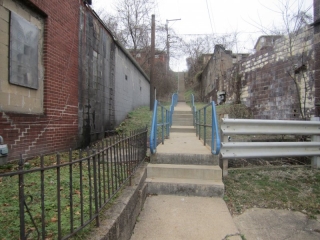
Jefferson Street
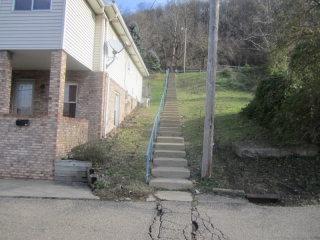
Duquesne Street
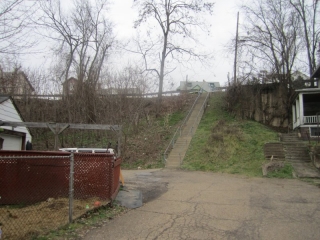
Steps above Linden Street
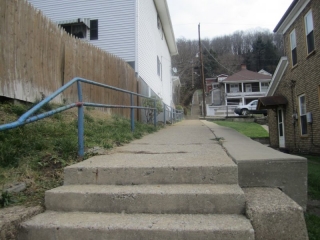
Raymond Street steps
- Mill Town Review, “City Grows In Beauty,” May 8, 1914, p. 1.
- Denney Williams, Interview/tour of town, October 2015.
- Steubenville Herald Star, “Follansbee,” (Highland street), Oct 24, 1919, p. 20.
- Steubenville Herald Star, “Built More Homes,” July 22, 1920, p. 4.
-
